Bitcoin breaks downtrend with spike toward $92.6K, but who’s behind the price momentum?
Bitcoin (BTC) price surged over the Easter weekend, jumping 9% and crossing the $91,000 threshold on April 22. This strong performance diverged sharply from the stock market’s lukewarm rebound and mirrored gold’s bullish behavior, which briefly touched a new all-time high of $3,500. While the BTC rally and its growing decoupling from equities are noteworthy, it's the derivatives market that offers an even more bullish signal.According to data from CoinGlass, Bitcoin open interest (OI) soared by 17%, reaching a 2-month high at $68.3. OI measures the total capital invested in BTC derivatives, and such an uptick shows a growing bullish sentiment among traders. The market is currently in contango — a situation where futures prices (notably CME Bitcoin futures) are higher than the spot price. This typically occurs because investors anticipate rising prices and take advantage of leverage tools offered by exchanges, allowing them to gain greater exposure through futures than they could with direct spot purchases.This raises two questions: Who is buying, and why?Institutional interest reawakensA key metric for understanding investor composition is the Coinbase Bitcoin Premium Index. It measures the percentage price difference between Bitcoin on Coinbase Pro (BTC/USD) and Binance (BTC/USDT). Since Coinbase Pro caters predominantly to US-based institutional investors, while Binance has a broader global retail audience, this premium can indicate where the buying pressure is coming from.While the first half of April showed strong retail dominance, April 21–22 saw institutional demand kick in, with the Coinbase premium rising to 0.16%, per CoinGlass.Coinbase Bitcoin premium index. Source: CoinGlassMichael Saylor’s Strategy could be among those buyers. On April 21, Saylor announced the acquisition of 6,556 more BTC for approximately $555.8 million at an average price of ~$84,785 per coin. This brings MicroStrategy’s total holdings to an eye-watering 538,200 BTC, worth approximately $48.4 billion at current prices. On a smaller scale, Japan-based Metaplanet also added 330 BTC to its treasury, pushing its total to 4,855 BTC, the company’s CEO announced on the same day.Meanwhile, investors who favor traditional financial instruments over direct Bitcoin holding have also begun to renew their interest. According to the CoinGlass data, on April 21, BTC ETFs recorded $381 million in inflows — a much-needed reversal after a prolonged period of heavy outflows. Since February, ETFs had suffered 33 days of net outflows versus just 21 days of inflows, with outflows strongly dominating in volume. The recent reversal suggests renewed confidence, particularly from TradFi-aligned investors.Related: Bitcoin risks 10%-15% BTC price dip after key rejection near $89KThe dollar fades as Bitcoin rises Since tariff fears took grip of the market, institutional investors have kept Bitcoin and equities at arm’s length, but something shifted over the Easter weekend.Crypto analyst Rekt Capital noted that Bitcoin has decisively broken out of its multimonth downtrend“The multimonth downtrend is over. And when a technical downtrend is broken, technical uptrends emerge.”BTC/USD 1-day chart. Source: Rekt CapitalAnother, more macroeconomic, factor may be the increasing tension between US President Donald Trump and Federal Reserve Chair Jerome Powell. Their growing rift, centered on concerns about inflationary pressure from tariffs and the Fed’s reluctance to cut rates, has cast a shadow over the US dollar.The US Dollar Index, which tracks the dollar’s value against a basket of currencies, has been in freefall since February, reaching lows last seen in 2022. Trump’s public pressure on Powell, and speculation that he might attempt to remove him or other Fed officials, is fueling anxiety over the Fed’s independence — a foundational pillar of the US financial system. The potential consequences of a falling dollar for the global economy are difficult to predict, but one thing is clear: Bitcoin stands poised to be a major beneficiary. A decentralized, censorship-resistant money governed solely by code, with a fixed supply schedule and no central authority to manipulate its issuance. As confidence in traditional monetary systems continues to erode, Bitcoin’s narrative grows ever stronger.This article does not contain investment advice or recommendations. Every investment and trading move involves risk, and readers should conduct their own research when making a decision.



Bitcoin (BTC) price surged over the Easter weekend, jumping 9% and crossing the $91,000 threshold on April 22. This strong performance diverged sharply from the stock market’s lukewarm rebound and mirrored gold’s bullish behavior, which briefly touched a new all-time high of $3,500.
While the BTC rally and its growing decoupling from equities are noteworthy, it's the derivatives market that offers an even more bullish signal.
According to data from CoinGlass, Bitcoin open interest (OI) soared by 17%, reaching a 2-month high at $68.3. OI measures the total capital invested in BTC derivatives, and such an uptick shows a growing bullish sentiment among traders.
The market is currently in contango — a situation where futures prices (notably CME Bitcoin futures) are higher than the spot price. This typically occurs because investors anticipate rising prices and take advantage of leverage tools offered by exchanges, allowing them to gain greater exposure through futures than they could with direct spot purchases.
This raises two questions: Who is buying, and why?
Institutional interest reawakens
A key metric for understanding investor composition is the Coinbase Bitcoin Premium Index. It measures the percentage price difference between Bitcoin on Coinbase Pro (BTC/USD) and Binance (BTC/USDT). Since Coinbase Pro caters predominantly to US-based institutional investors, while Binance has a broader global retail audience, this premium can indicate where the buying pressure is coming from.
While the first half of April showed strong retail dominance, April 21–22 saw institutional demand kick in, with the Coinbase premium rising to 0.16%, per CoinGlass.
Michael Saylor’s Strategy could be among those buyers. On April 21, Saylor announced the acquisition of 6,556 more BTC for approximately $555.8 million at an average price of ~$84,785 per coin. This brings MicroStrategy’s total holdings to an eye-watering 538,200 BTC, worth approximately $48.4 billion at current prices.
On a smaller scale, Japan-based Metaplanet also added 330 BTC to its treasury, pushing its total to 4,855 BTC, the company’s CEO announced on the same day.
Meanwhile, investors who favor traditional financial instruments over direct Bitcoin holding have also begun to renew their interest. According to the CoinGlass data, on April 21, BTC ETFs recorded $381 million in inflows — a much-needed reversal after a prolonged period of heavy outflows. Since February, ETFs had suffered 33 days of net outflows versus just 21 days of inflows, with outflows strongly dominating in volume. The recent reversal suggests renewed confidence, particularly from TradFi-aligned investors.
Related: Bitcoin risks 10%-15% BTC price dip after key rejection near $89K
The dollar fades as Bitcoin rises
Since tariff fears took grip of the market, institutional investors have kept Bitcoin and equities at arm’s length, but something shifted over the Easter weekend.
Crypto analyst Rekt Capital noted that Bitcoin has decisively broken out of its multimonth downtrend
“The multimonth downtrend is over. And when a technical downtrend is broken, technical uptrends emerge.”
Another, more macroeconomic, factor may be the increasing tension between US President Donald Trump and Federal Reserve Chair Jerome Powell. Their growing rift, centered on concerns about inflationary pressure from tariffs and the Fed’s reluctance to cut rates, has cast a shadow over the US dollar.
The US Dollar Index, which tracks the dollar’s value against a basket of currencies, has been in freefall since February, reaching lows last seen in 2022. Trump’s public pressure on Powell, and speculation that he might attempt to remove him or other Fed officials, is fueling anxiety over the Fed’s independence — a foundational pillar of the US financial system.
The potential consequences of a falling dollar for the global economy are difficult to predict, but one thing is clear: Bitcoin stands poised to be a major beneficiary. A decentralized, censorship-resistant money governed solely by code, with a fixed supply schedule and no central authority to manipulate its issuance. As confidence in traditional monetary systems continues to erode, Bitcoin’s narrative grows ever stronger.
This article does not contain investment advice or recommendations. Every investment and trading move involves risk, and readers should conduct their own research when making a decision.



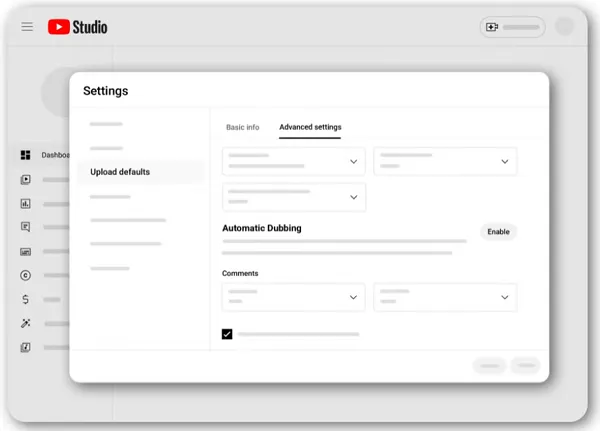
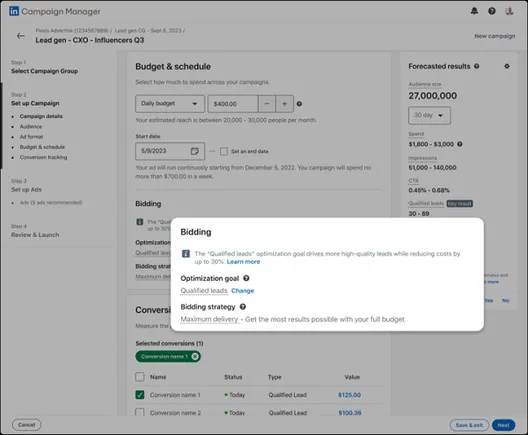




















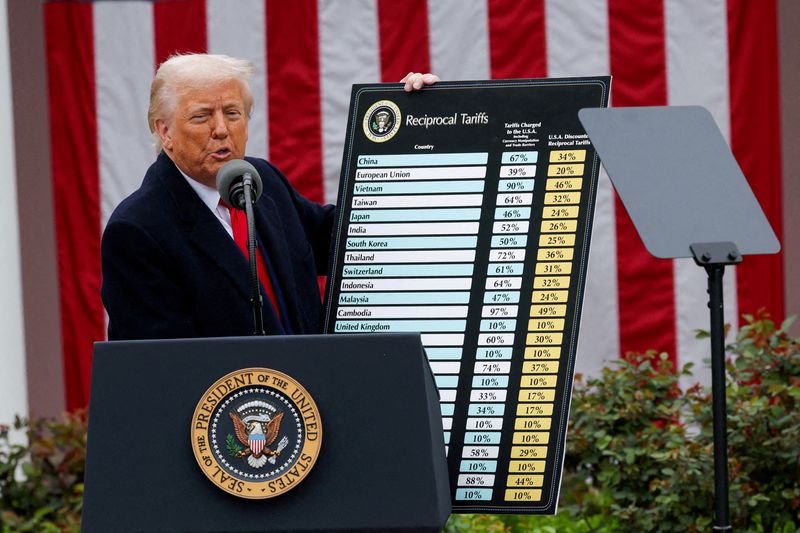






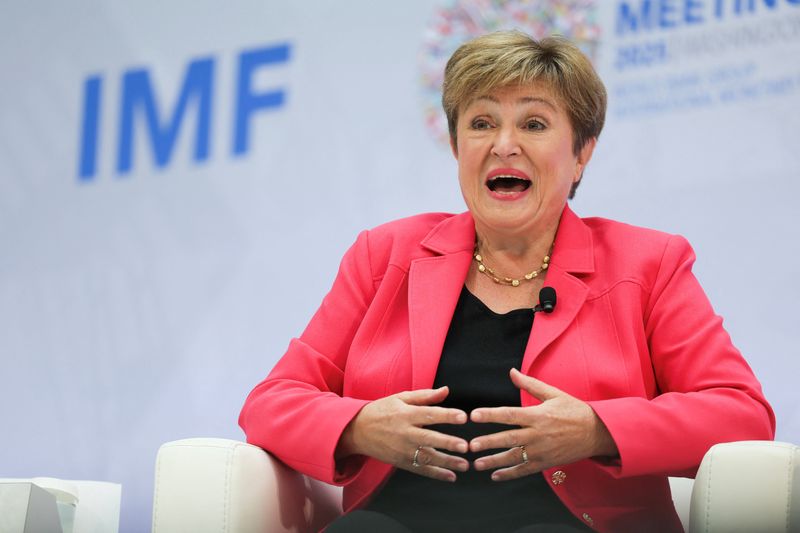











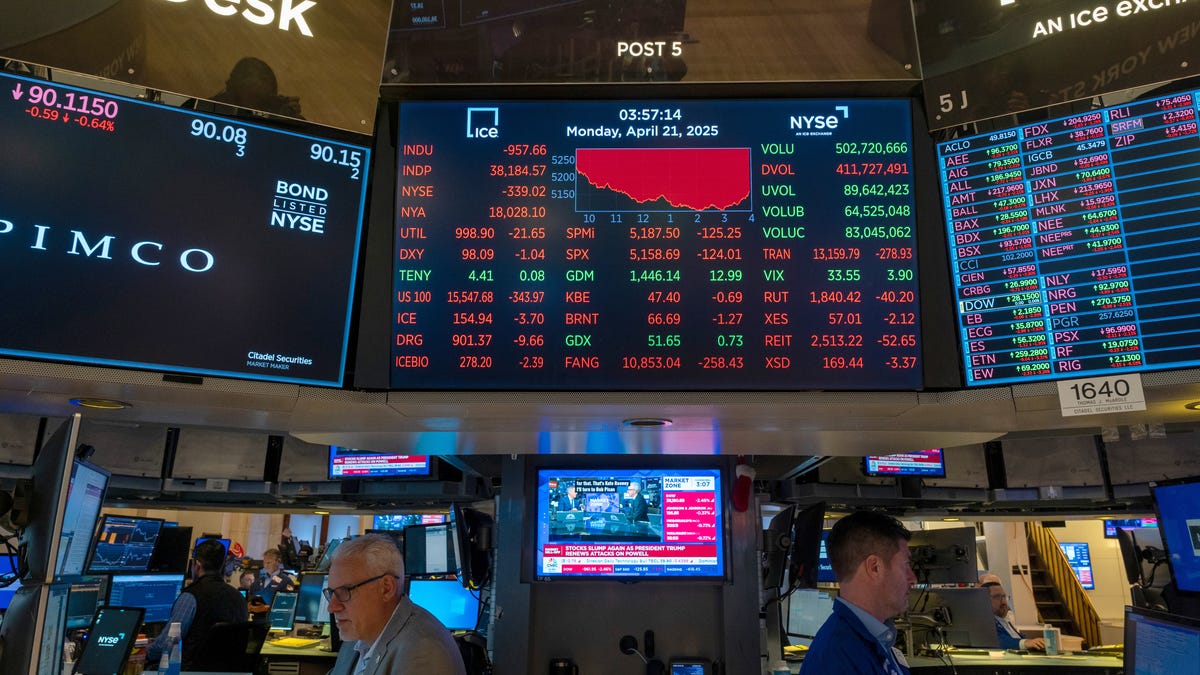
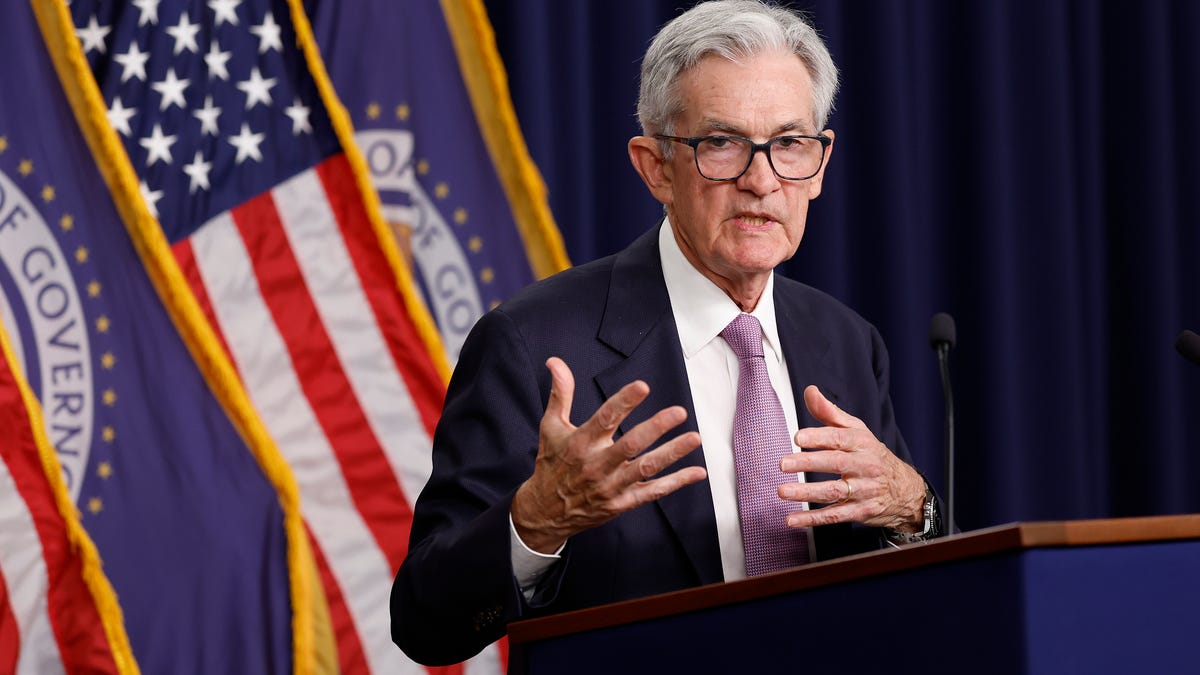






































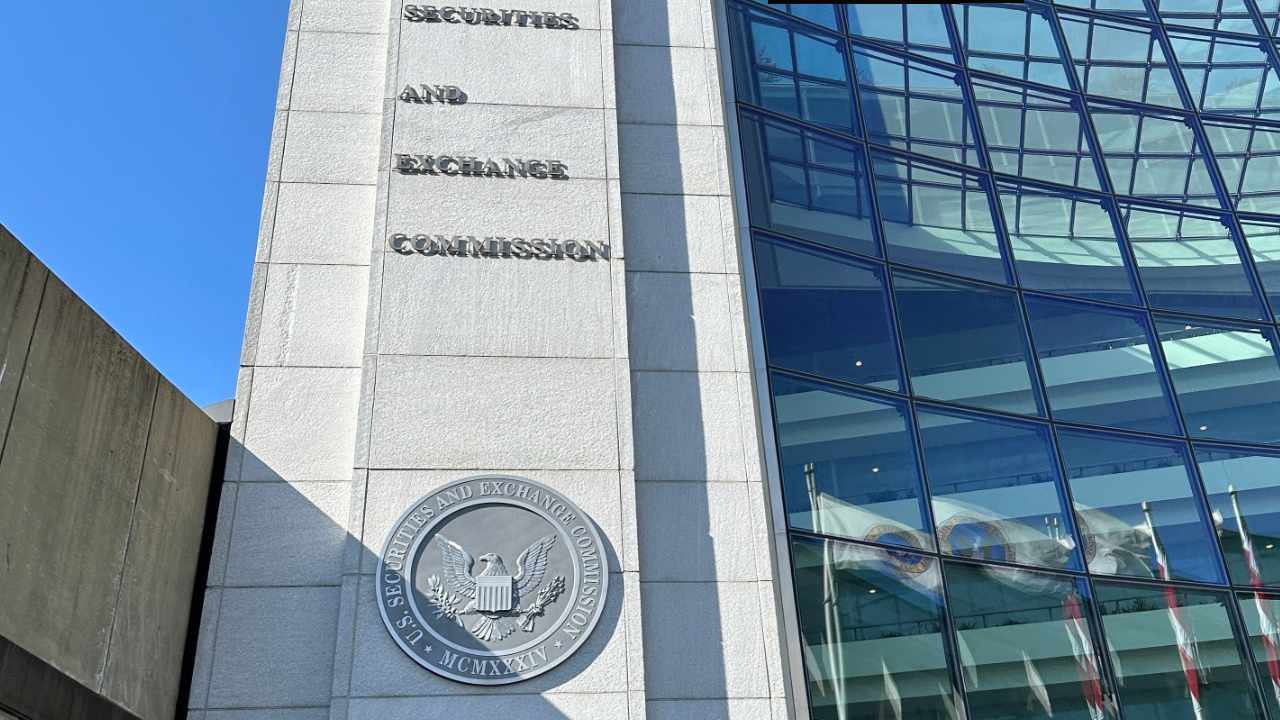


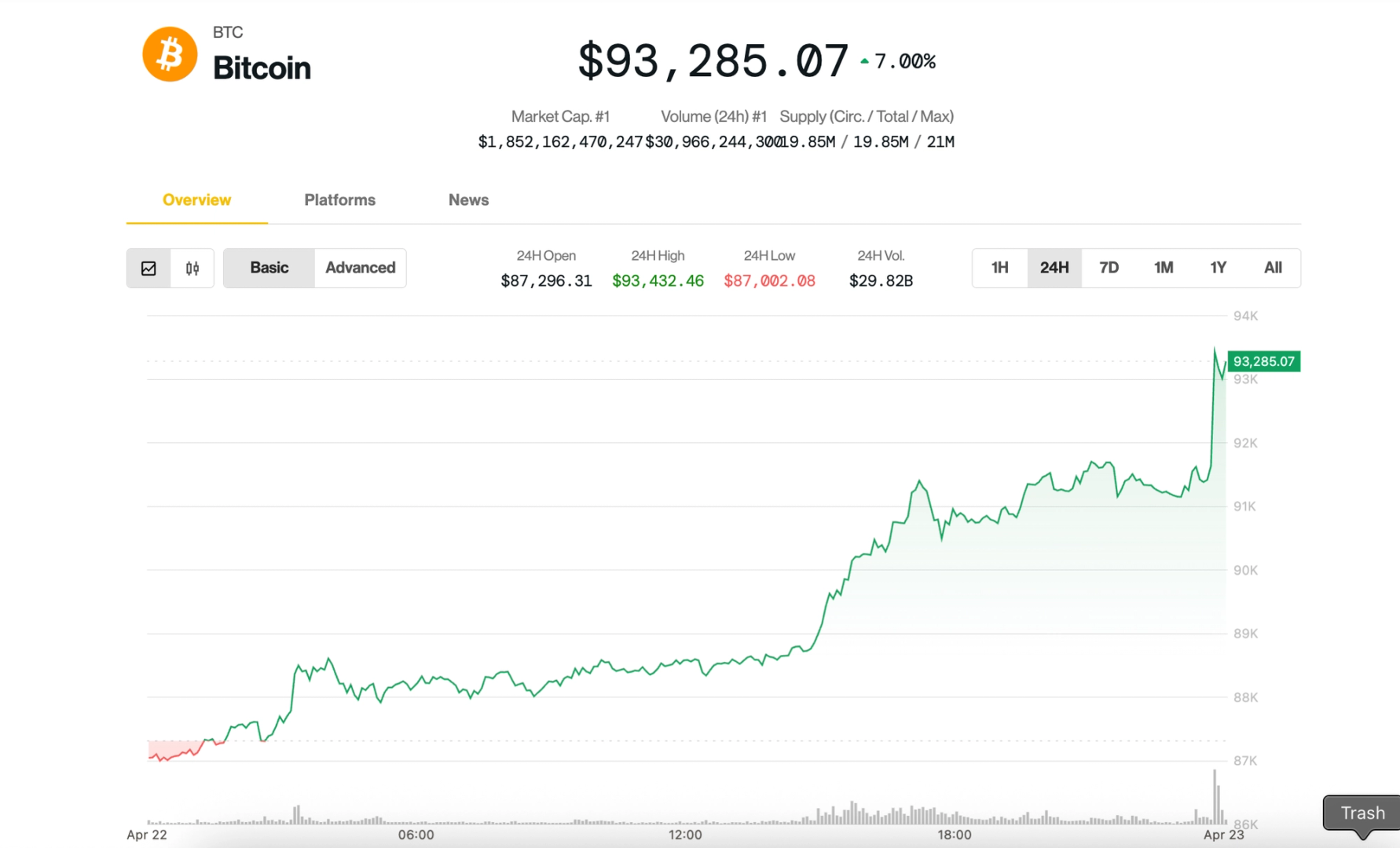























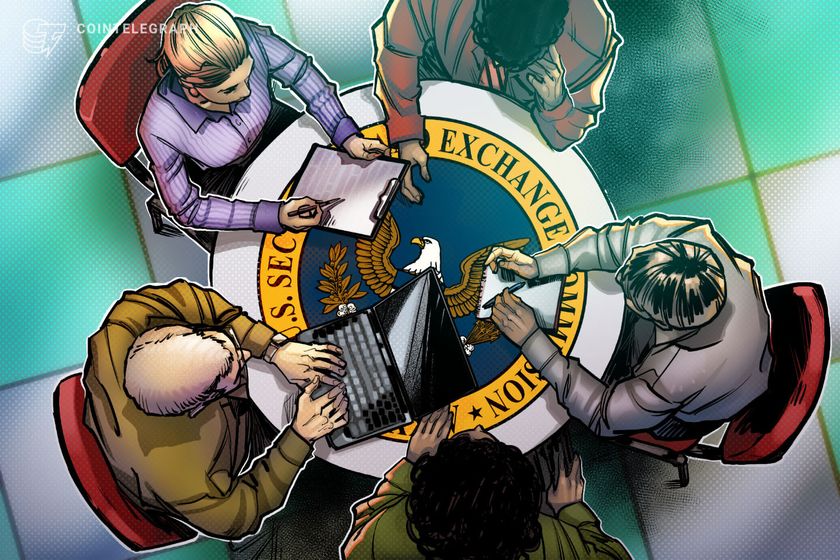

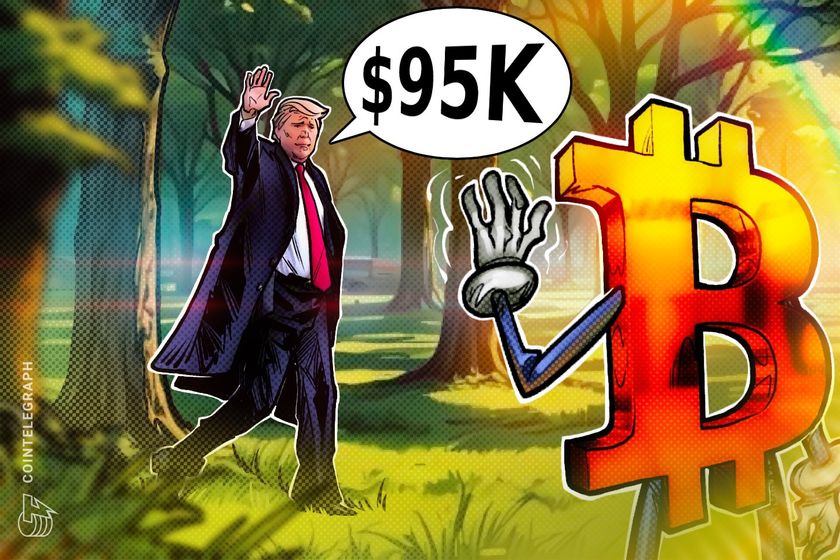

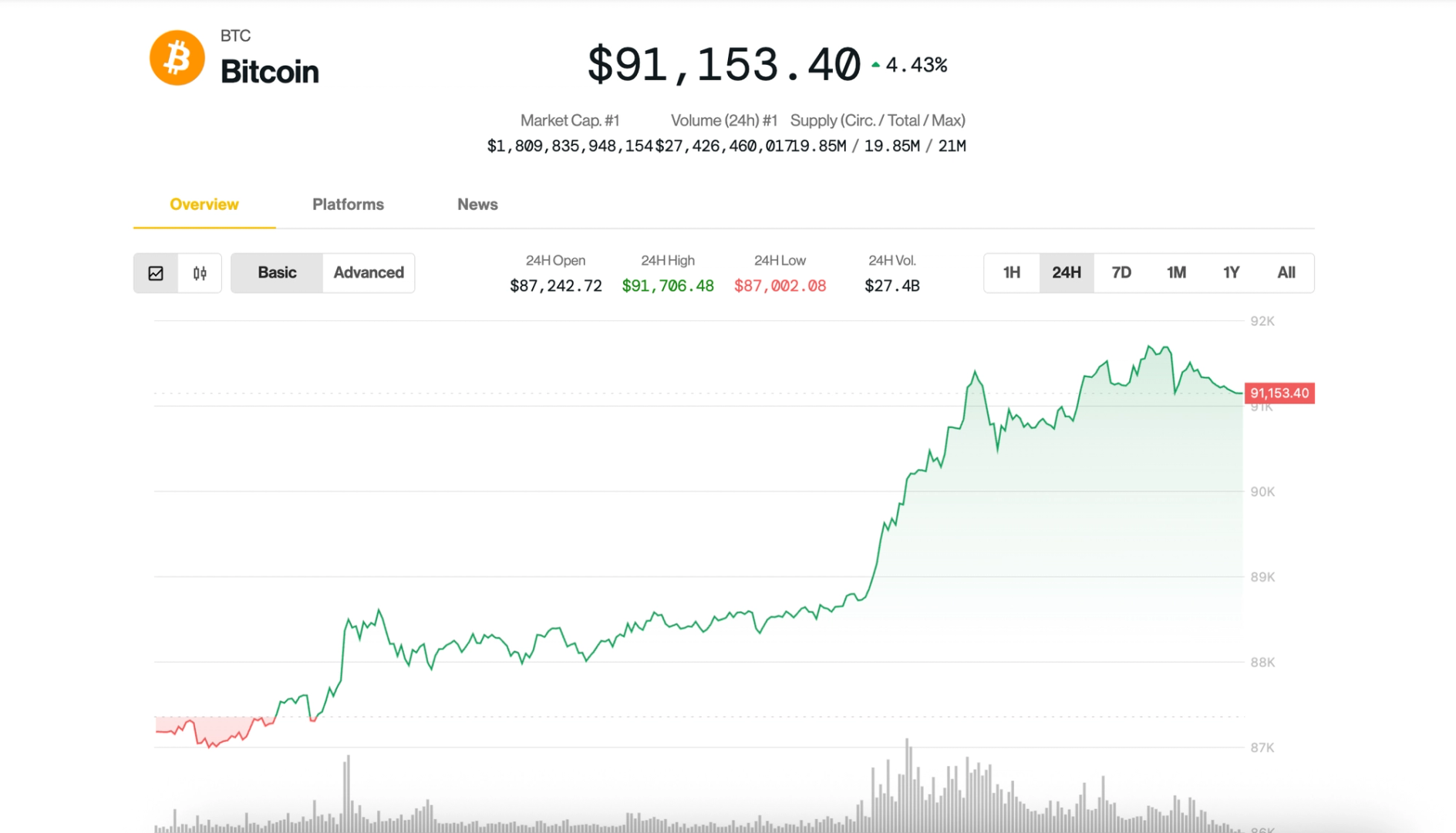











































































![How to Find Low-Competition Keywords with Semrush [Super Easy]](https://static.semrush.com/blog/uploads/media/73/62/7362f16fb9e460b6d58ccc09b4a048b6/how-to-find-low-competition-keywords-sm.png)
